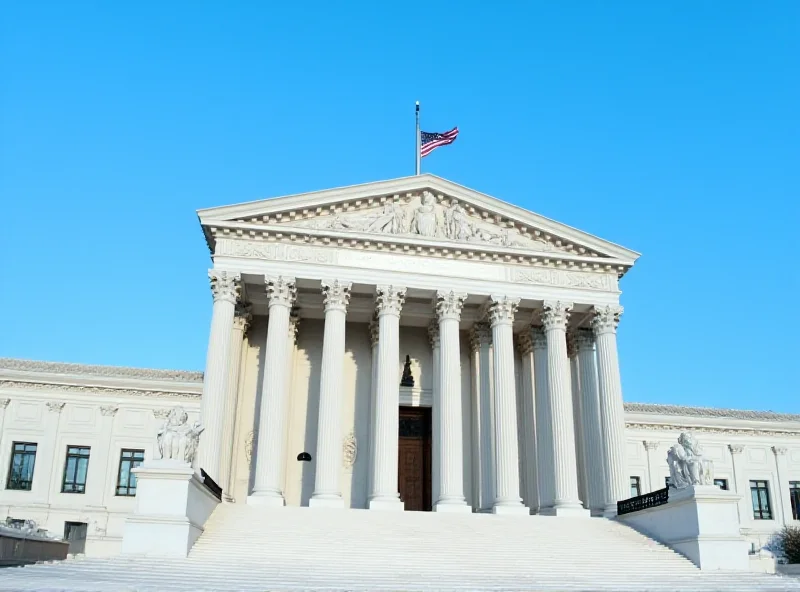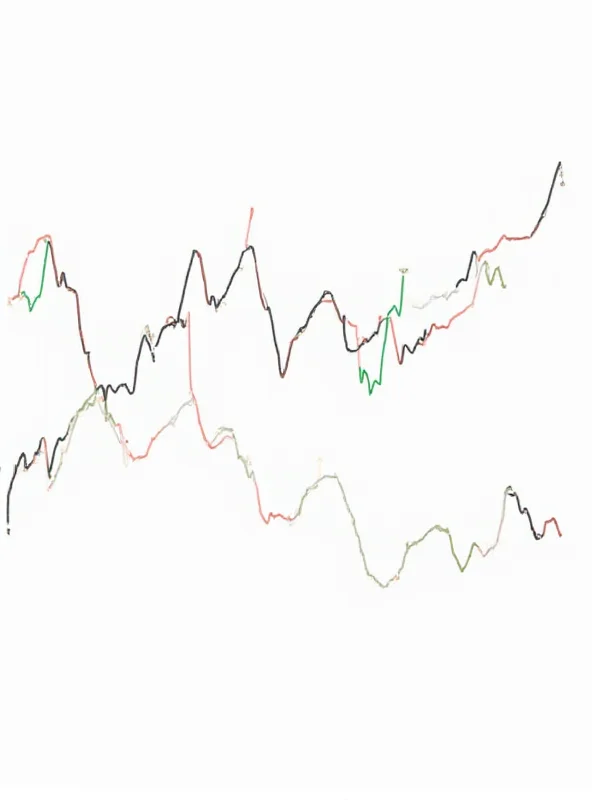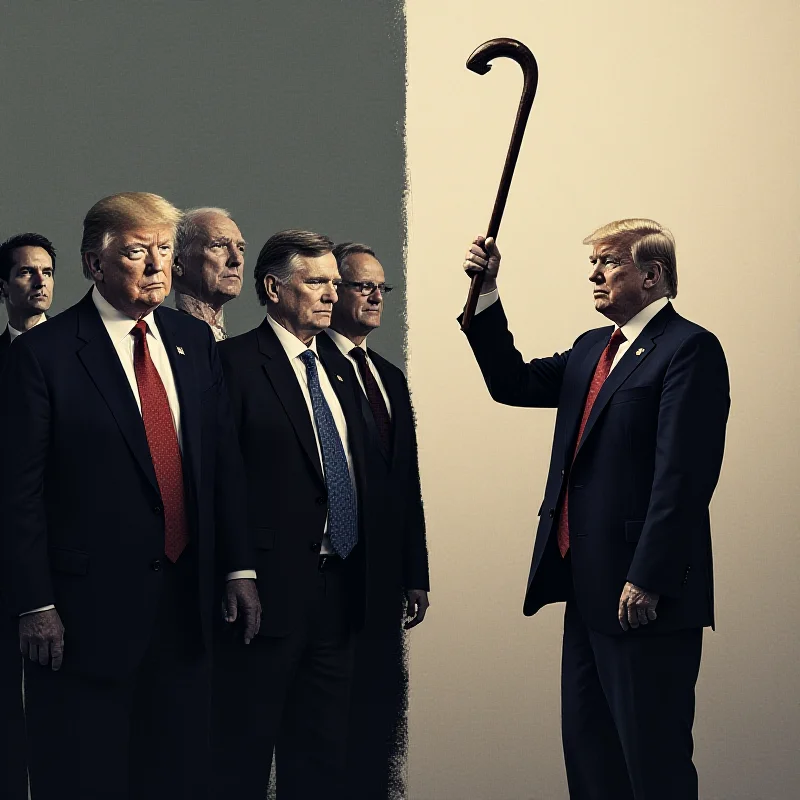The political landscape continues to be shaped by decisions and policies enacted during the Trump administration. Recent developments highlight ongoing court battles and the economic ramifications of his trade policies. From the Supreme Court to Wall Street, the impact is still being felt.
Supreme Court Rulings on Foreign Aid
The US Supreme Court has ruled against former President Trump's attempt to withhold payments to foreign aid groups. This decision ensures that these organizations will continue to receive necessary funding for their crucial operations around the globe. The court's ruling underscores the importance of maintaining international assistance programs, even amidst domestic political shifts.

This legal challenge highlights the ongoing scrutiny of decisions made during Trump's presidency and sets a precedent for future administrations regarding the allocation of foreign aid. The implications of this decision are significant for international relations and the effectiveness of aid programs worldwide.
Tariffs and the Economy
Trump's tariff policies have had a notable impact on Wall Street and global markets. An article from ChinaTechNews.com pointed out that better-than-expected US services data helped calm worries of a slowdown in the US economy, leading Wall Street's frontline indices to edge slightly higher on Wednesday, March 5, 2025. Investors are closely watching for any signs of a softer approach from the former president on trade policy.
The effects of these tariffs are complex and far-reaching, impacting industries from automakers to technology companies. For instance, Trump exempted automakers from proposed tariffs on Mexico and Canada for one month after appeals from industry leaders, showcasing the immediate pressure from various sectors.

Fact-Checking and Political Division
During a 100-minute address to Congress, many of Trump's comments included false or misleading information, leading to fact-checking efforts to verify his statements. This scrutiny underscores the importance of accuracy in political discourse and the need for accountability. The claim that "America is back," was a point of contention, as highlighted by Democrat Melanie Stansbury holding up a sign stating "This is not normal."
The Democratic response to Trump's policies has been divided, reflecting internal disagreements on how best to resist his agenda. While party leaders have opted for a more measured, centrist approach, others have taken more visible and confrontational stances. This division highlights the challenges facing the Democratic party in unifying against a common opponent.

“The dominant image of Democratic pushback was a liberal congressman waving his cane in protest,” summarizing the divided response.
Ultimately, Trump's policies continue to reverberate through the legal system, the economy, and the political landscape, sparking debate and shaping the future direction of the country. The ramifications of these decisions will be felt for years to come.
